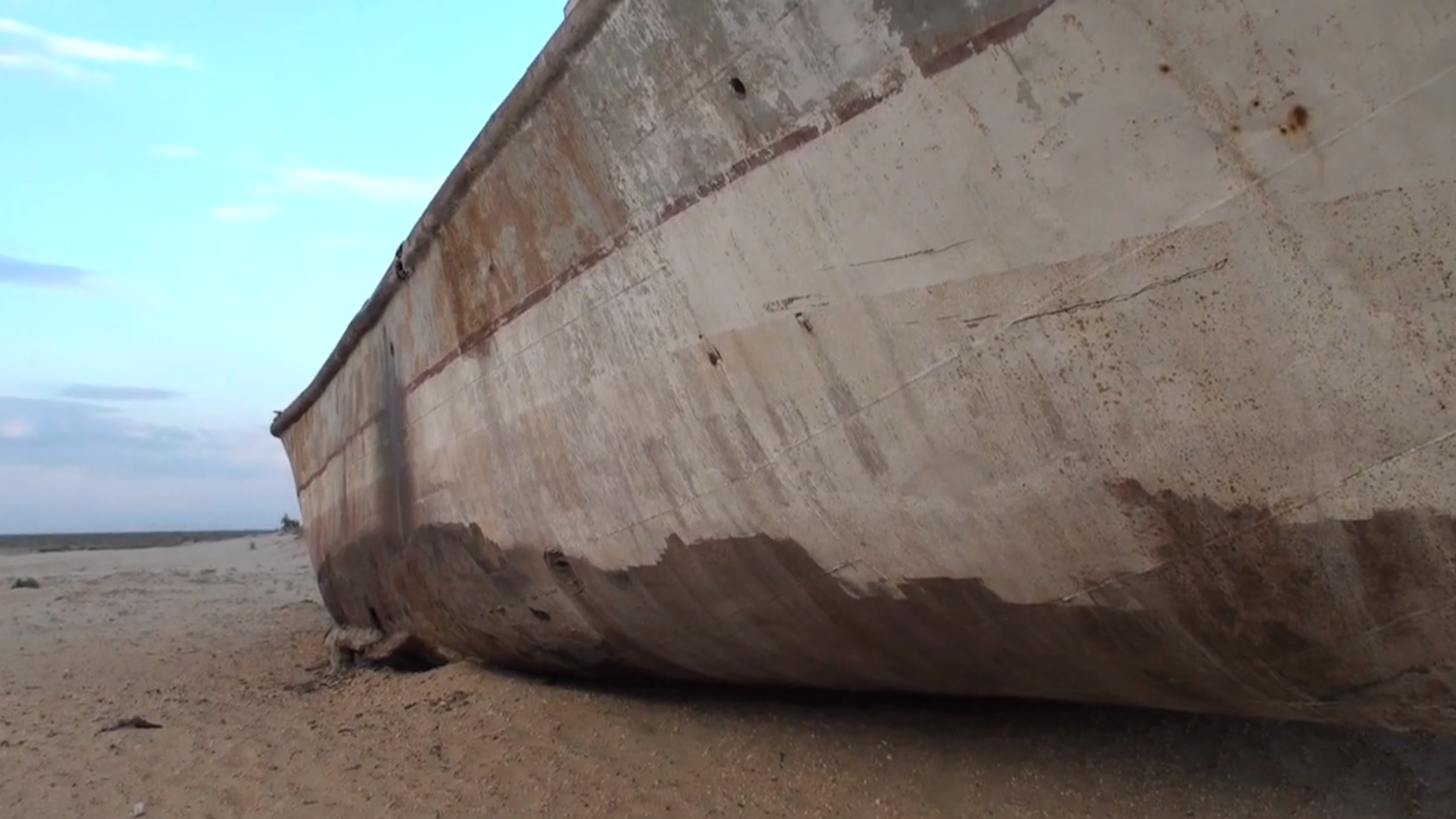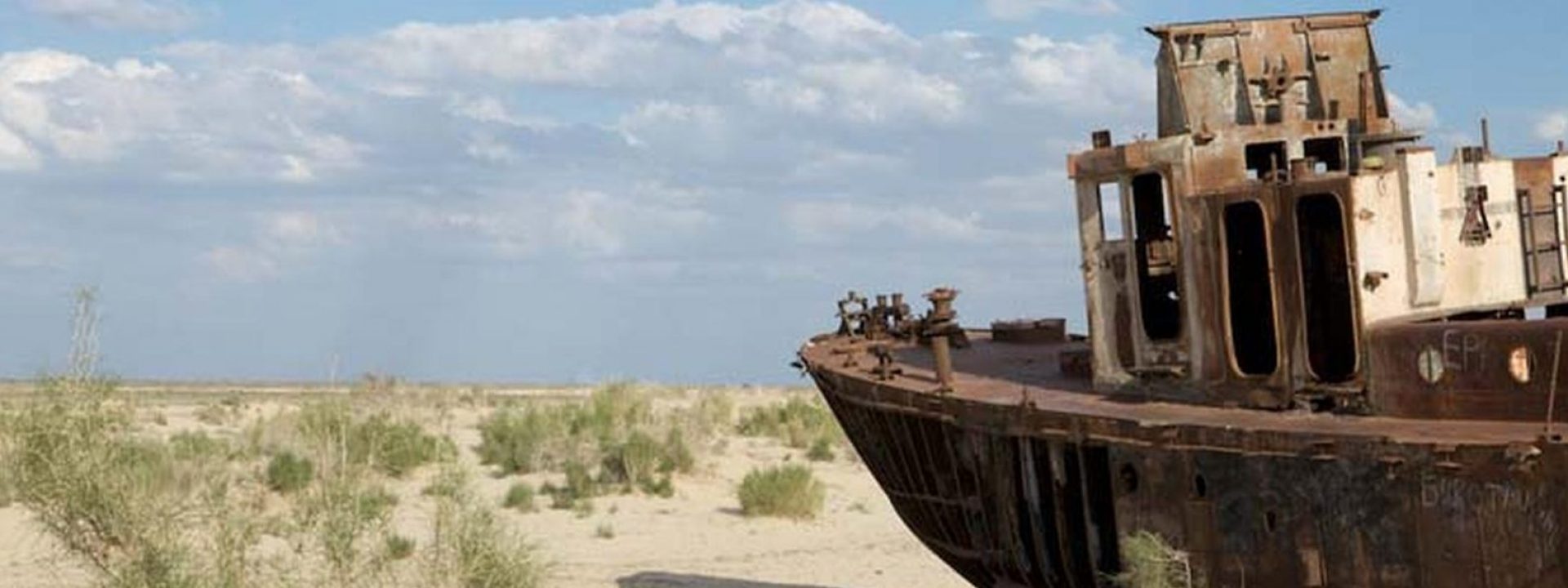The drying up of the Aral Sea is one of the greatest environmental disasters in history.

The Documentary
Between 1954 and 1960, the government of the former Soviet Union ordered the construction of a 500 km-long canal that would take a third of the water from the Amu Darya River for an immense area of irrigated land in order to grow cotton in the region. The increasing need for water, due to bad transport management and a lack of foresight and efficiency in land irrigation, meant that more water had to be diverted from rivers flowing into the Aral Sea. As a result, in the eighties, the water reaching the port was as little as 10% of the amount in 1960, and the Aral Sea began to dry up. Consequently, the Aral Sea currently occupies half of its original surface area and its volume has decreased by a quarter, 95% of the nearby reservoirs and wetlands have become deserts and more than 50 lakes from deltas with a surface area of 60,000 hectares have dried up.
In terms of climate, this process has eliminated the area’s environmental shock absorbing capacity, making winters and summers harsher, with a subsequent increase in severe droughts. The wind has displaced tons of the saline sand that was originally at the bottom of the dried-up area to a distance of up to 200 km, which has drastically exacerbated the situation. Added to this, fertilisers and pesticides were used indiscriminately, polluting the air and groundwater.
The Soviet goal to have saline water at four times the limit recommended by the WHO reduced the groundwater level from 53 to 36 metres, which in turn caused serious problems with the supply of drinking water. The consequences for the health of the population have also been extremely serious. The region has the highest infant mortality rates in all of the former Soviet Union. Chronic bronchitis has increased by 3000% and arthritis by 6000%. In the Uzbek region of Karakalpakstan, anaemia is epidemic among women and 97% of them have haemoglobin levels lower than the 110 grams per litre of blood established by the WHO. Experts point out that this is caused by the consumption of stagnant water containing zinc and magnesium. In the same zone of Uzbekistan, liver cancer increased by 200% from 1981 to 1987, throat cancer by 25% and infant mortality by 20%. Also, cases of hepatitis, respiratory disease, eye-related illness and intestinal infection in the region are seven times higher than in 1960.
All of this occurred in a relatively short period of time and the most shocking thing is that it happened with an almost total lack of international awareness. In 2003, satellite pictures from NASA demonstrated the full scale of the disaster and what many scientists had already announced. World opinion is now mobilising and we are beginning to find out the full extent of the current human disaster. In January 1994, Kazakhstan, Uzbekistan, Turkmenistan, Tajikistan and Kyrgyzstan signed an agreement pledging 1% of their budgets to contribute to the recovery of the sea; however, cooperation among these countries has been minimal. Currently, the northern zone of the Aral Sea is recovering slightly as a result of the construction of the Kokaral dam by the Kazak Government to retain water that would normally flow into Uzbek territorial waters.


